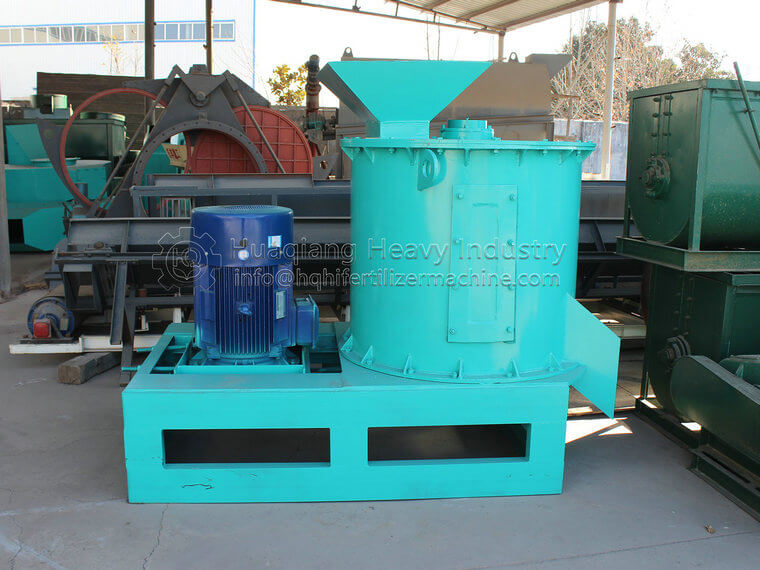The trend of “livestock farms+organic fertilizer plants=organic planting” is a major development trend. As livestock farms, in order to deal with the problem of manure pollution in livestock farms, using organic fertilizer equipment to process manure into organic fertilizer is a relatively simple, low technical difficulty, and relatively low equipment investment cost treatment method. So how do small organic fertilizer processing plants process and produce standard, high-quality, and locally suitable organic fertilizers?
.jpg)
The specific operation process of the organic fertilizer production line is as follows:
1. Organic material fermentation and decomposition: Due to the high moisture content of fresh livestock and poultry manure, a large amount of auxiliary materials such as straw and husks are often added. During the stacking process, organic fertilizer fermentation equipment is used to flip, promote oxygen, evaporate excess water, and control the internal temperature of the pile to prevent the inactivation of beneficial bacteria.
2. Material crushing: Due to the need for standing for about a week to mature and decompose in the later stage of fermentation, a large amount of agglomeration and other phenomena will be generated, which is not conducive to the mixing, granulation and other stages in the later stage.
At the same time, in order to meet the fertilizer requirements of local soil and crops, a certain amount of N, P, K, and other composite fertilizers need to be added. These composite fertilizers need to be crushed in advance to facilitate the next step of mixing and stirring (if the tubers of straw and other materials are large before fermentation, simple crushing treatment should also be carried out to avoid affecting the normal operation of the tipping machine)
3. Mixing and stirring: Here, a horizontal mixer is mainly used for mixing. The fermented and evenly crushed organic materials are fully mixed with the composite fertilizer. The mixture is stirred every 3-5 minutes and then transported directly to the fertilizer granulator by a conveyor for granulation.
4. Fertilizer granulation: As the mixed material to be granulated is an organic and inorganic mixture, a new type of granulator will be selected for granulation. The granulator uses a rotating drum and internal stirring teeth to rotate at high speed, resulting in high pelletizing rate, high yield, and strong adaptability. When the production capacity is low, you can choose either a regular disc granulator or a toothed granulator. For specific information, you can contact our technical manager for a detailed introduction.
5. Drying and cooling: This is to quickly evaporate the excess water inside the particles, which is beneficial for packaging and bagging, and prolongs the storage cycle. If the production is small, only the dryer can be installed or this link can be ignored.
6. Screening and grading: According to one’s own needs, screening can be carried out, and products with consistent particle size and quality can be sold as finished products. This can improve the economic value of the product, while other small particles, semi-finished products, powders, etc. can be returned to the crushing process.
7. Customers can also perform processes such as rounding and granulation, coating and coating according to their needs, further enhancing the product value of their fertilizers.
The process flow of organic fertilizer production line can be reduced according to the actual situation of the breeding farm, and the production line of granular or powdered organic fertilizer can be selected according to the demand of surrounding markets.






.jpg)

.jpg)
